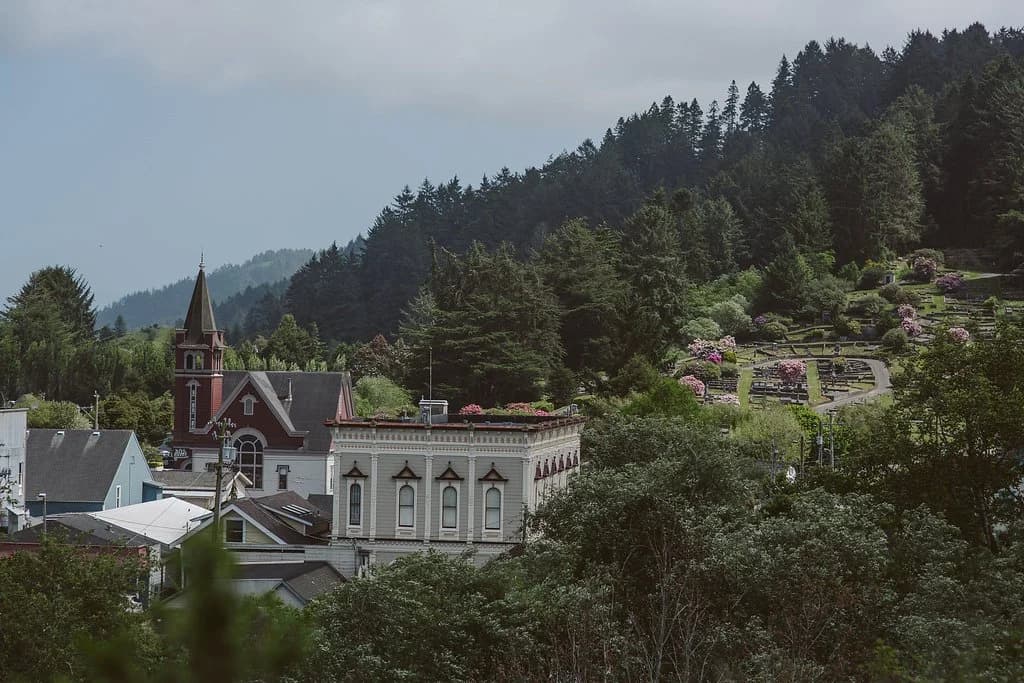Photographer Reflects on Eureka Images, Community and Ethics
In a first person piece published November 19, 2025 in The Guardian, photographer Curran Hatleberg revisited a signature image he made while living and teaching in Eureka. His account matters to Humboldt County because it frames how local stories are documented, how trust is built between artist and subject, and how small communities are represented in broader cultural conversations.

Curran Hatleberg published a reflective piece on November 19 that centers on one of his favorite photographs made during an extended stay in Eureka. The essay traces the practical and ethical work behind a scene he described as a dusty alley lined with daisies, redheads, puppies and a woman carrying a gas can. Hatleberg used his time teaching and living in Humboldt County to build the relationships he said were necessary to wait for the moments when people, place and light aligned.
The article situates that photograph within Hatleberg s wider practice and his two books. Lost Coast, which collected images from the region, provided an earlier record of his time on the North Coast. Blood Green, released more recently, extends that work and examines how collaborative portraiture and vulnerability operate in small communities. Hatleberg framed his approach as one that depends on prolonged presence, mutual consent and sensitivity to the social dynamics of a place where relationships are often close and reputations are immediate.
Beyond the single image, the piece included a short question and answer section about his process, notes on how the Humboldt landscape influenced his eye, and a brief curriculum vitae outlining his professional background. Those elements together offered a compact guide to how Hatleberg thinks about production, authorship and responsibility when photographing people who live and work in tight knit locales.
For Humboldt County residents the essay surfaces several practical implications. Artists and educators who come to the region will face expectations about reciprocity and respect, and institutions such as colleges, galleries and grant makers will need to consider how they support ethical practices that benefit both practitioners and participants. The way small community life is photographed can shape outside perceptions of the county, affecting tourism, funding for the arts and local civic pride. Hatleberg s emphasis on patience and relationship building highlights the value of long term engagement over quick visits that risk misrepresentation.
The piece also raises questions for local civic leaders and cultural institutions. Universities and arts organizations have a role in setting standards and providing resources for collaborative work that protects subjects and acknowledges power differentials. Local media and government can use the conversation to better inform residents about consent practices, archival access and how images enter public circulation.
Hatleberg s essay is not only a meditation on a single frame. It is a reminder that photography in small communities is both an artistic endeavor and a social practice. For Humboldt County that interplay has immediate consequences for how stories are told, who controls those narratives and how residents see themselves reflected in the wider world.


